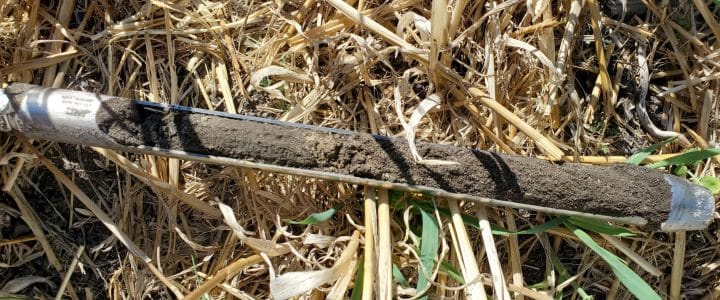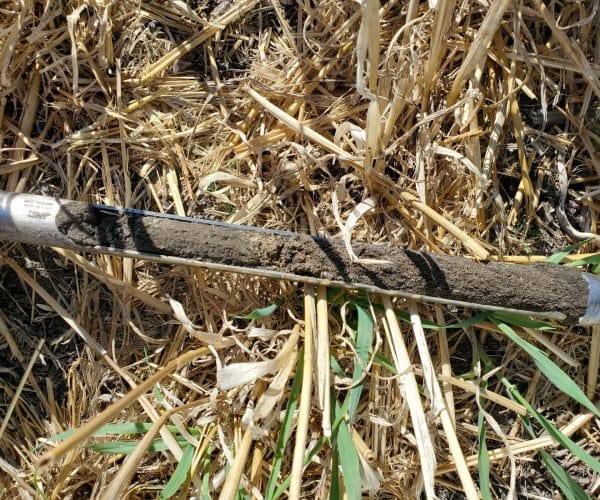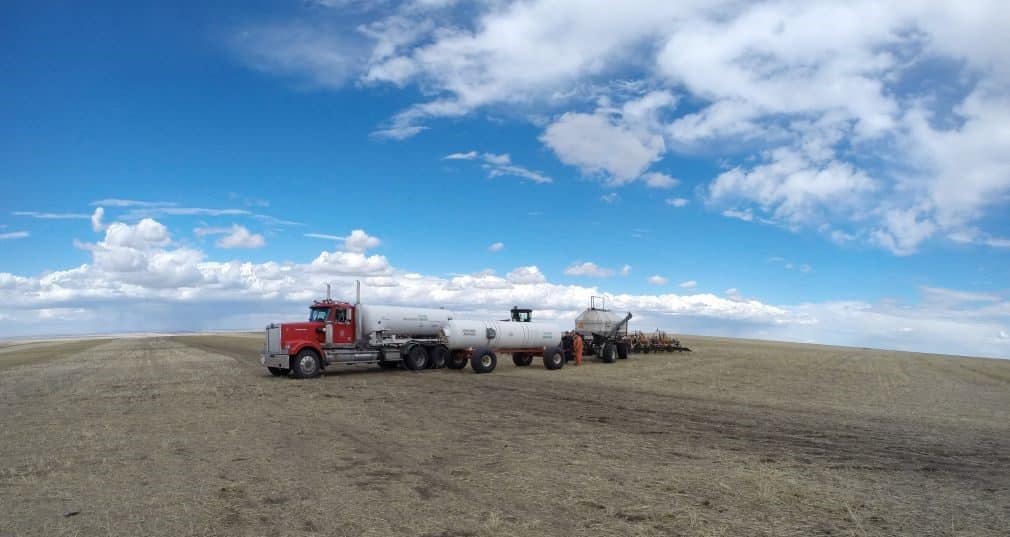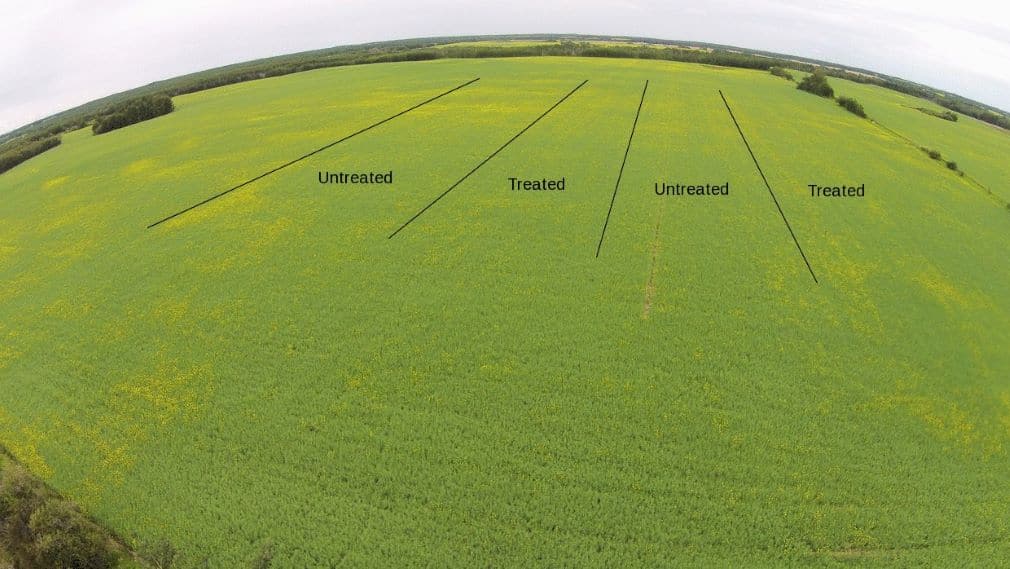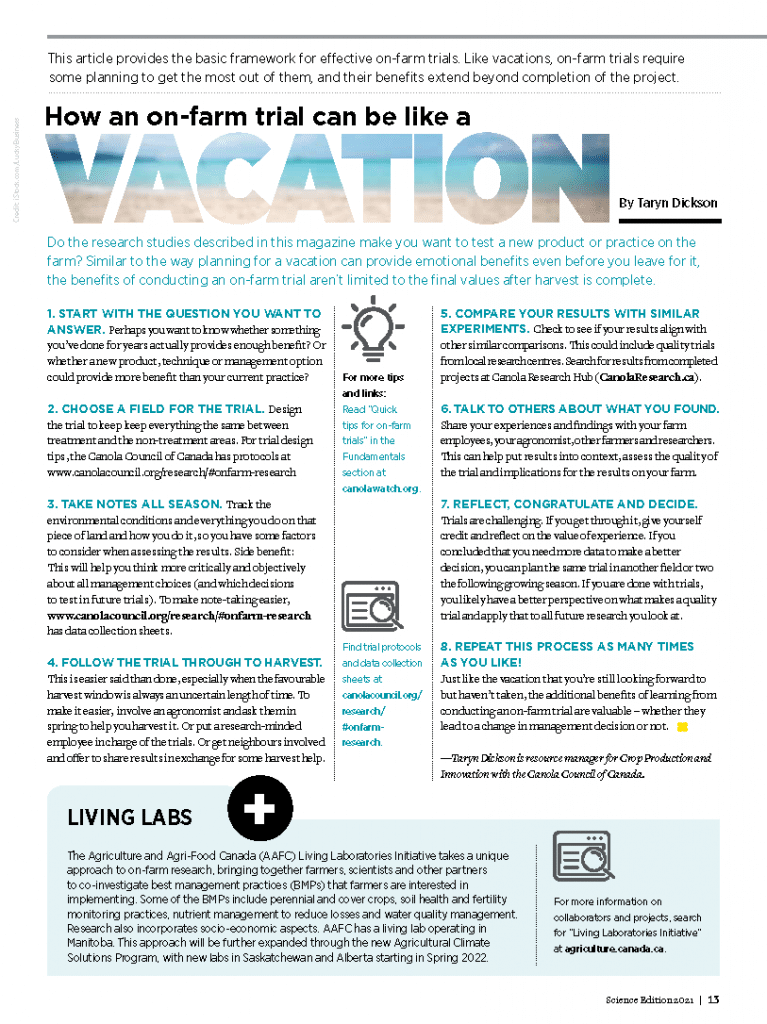There are several unknowns (environmental and otherwise) prior to the start of the growing season, but pre-season planning and decision-making can still occur with quality data and available information. For growers and agronomists following 4R Nutrient Stewardship practices, preparations can include assessing multiple years of soil test results on each field to try and optimize fertilizer applications. Effective soil test-based fertilizer recommendations should consider both the current pool of available nutrients present at seeding and the potential supply of nutrients from soil during the growing season, according to Kabal Gill of Smoky Applied Research & Demonstration Association (SARDA). However hesitancy about soil testing remains for some who question its effectiveness and the economics of it. The following research investigates soil test-based recommendations and other early season options, such as seeding systems.
Optimize crop production and contribution margin with soil tests
The Assessing current soil test based fertilizer recommendations for direct seeding systems to optimize crop production and contribution margin study in the southeast Peace Region led by Kabal Gill of Smoky Applied Research & Demonstration Association (SARDA), found that soil test-based fertilizer applications can be a sustainable and economical technique to optimize crop production and profit margin in both direct seeding and conventional tillage systems.
This study investigated the effects of different soil test-based fertilizer rates and seeding systems (direct seeding and conventional tillage) over six growing seasons (2010-2015). Fertilizer rates were tested at 0, 60, 100 and 140 per cent of the recommendation in a canola-cereal (wheat or barley) rotation, based on annual soil tests for depths of 0-6 and 6-12 inches. The amounts of nitrogen, phosphorus, potassium and sulphur nutrients were calculated for each treatment.
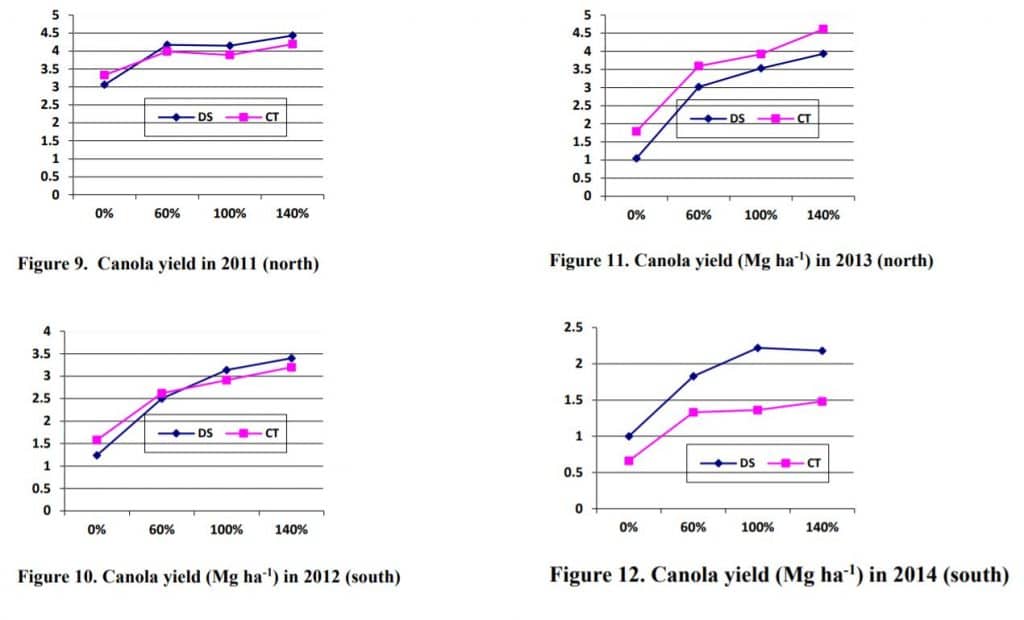
Key findings and subsequent recommendations based on these results, include:
- Key finding: Soil tests were able to detect the differences in residual nitrate (NO3) nitrogen, phosphorus and sulphur concentrations that resulted following years where higher fertilizer rates were used, below normal rainfall occurred and resulting crop yields were low (such as in 2010 and 2014).
- Key finding: Although not always significant, increased fertilizer rates increased the residual nitrate (NO3) nitrogen, available phosphorus, and (sulphate) sulphur concentrations in soil which had below normal rainfall and lower crop yields. However higher fertilizer rates over multiple years did not result in a systematic build up of residual nutrient levels. Results indicated that crops effectively used the residual nutrients, since high yields were still produced from crops that received lower fertilizer rates (which followed the recommendations for such rates, after higher residual nutrients were indicate by the earlier soil tests).
- Recommendation: Utilize soil tests to help estimate residual nutrients in each field. Residual nutrient estimates (measured by soil tests) can assist producers to optimize fertilizer rates and potentially save costs in certain years.
- Key finding: Although maximum canola yield was observed at the 140 per cent fertilizer rate in all five years, there was a diminishing canola yield response to fertilization at higher rates (as expected).
- Recommendation: The overall fertilizer rate near 100 per cent of recommendation should be targeted to achieve optimum canola yield for maximum profitability.
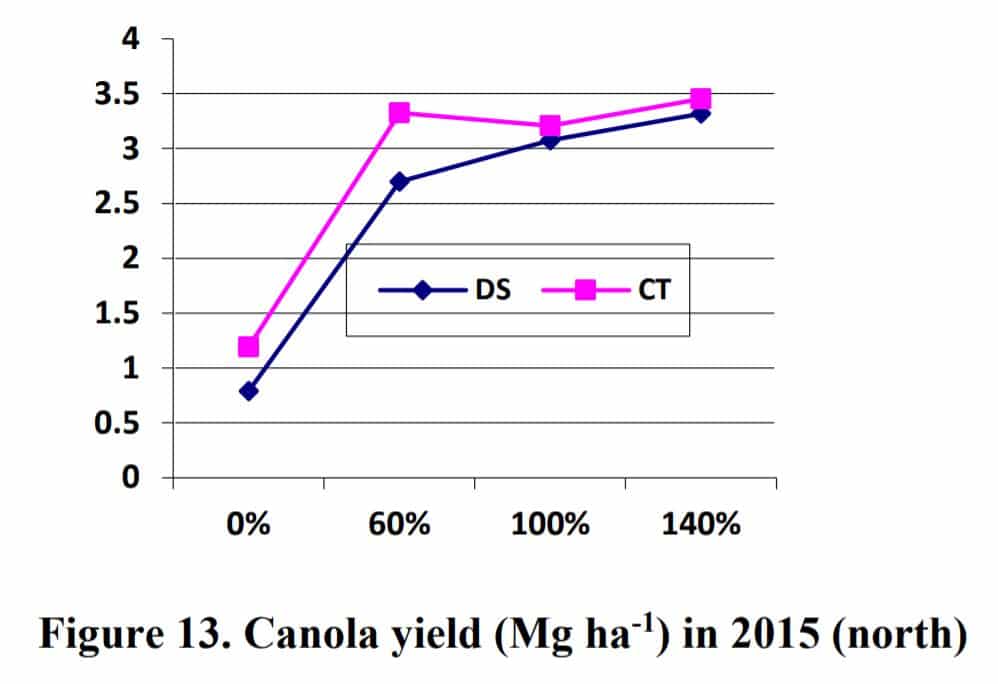
- Key finding: The type of seeding system did not affect residual nutrients in the 0-6 inch soil depth. However, both the reduction in tillage intensity and the increase in fertilizer had positive impacts on soil aggregate stability, though seeding system had a greater effect than fertilizer rate. Seed yield was also slightly greater under the direct seeded system than the conventional tillage system (23 to 67 kg ha-1 yr-1), when averaged across years.
- Key finding: Soil water use improved and the length, surface area, volume and number of tips for canola and barley roots were increased with fertilizer application in both seeding systems. However greater increases were reported in the direct seeded system than the conventional tillage system.
- Recommendation: Reduce tillage intensity and utilize recommended nutrient recommendations to help improve soil aggregate stability and root characteristics.
- Key finding: Fertilizer effect on crop yield was enhanced with years of repeated use and some nutrients were recycled in the soil for subsequent crops, which suggests that fertilizer use efficiency based on data from only the application year is underestimated.
- Recommendation: Long term nutrient use efficiency data (including soil test data) can provide a better estimation of soil nutrients (and lead to more accurate fertilizer rate recommendations).
Check out the links to Alberta Canola’s final report and read the rest of the Assessing current soil test based fertilizer recommendations for direct seeding systems to optimize crop production and contribution margin summary on the Canola Research Hub.
Fertility and nutrient management topics
More fertility and nutrient management research can be found:
- In the Alberta Canola’s research database
- Amongst SaskCanola’s research results
- Within the Manitoba Canola Grower’s research database
- On the Canola Research Hub
For more information on soil testing, check out:
- The Identifying nutrient requirements section of the Canola Council of Canada’s Canola Encyclopedia
- This soil sampling Canola Watch video
On-farm research trials for fertilizer rates and more
To determine the effect of different fertility rates on your canola fields, try implementing an on-farm research trial using the Canola Council of Canada’s On-farm research protocols and corresponding trial data collection sheets, which were utilized during the Ultimate Canola Challenge program.
The 2016 Ultimate Canola Challenge program tested the canola yield impact of an 25 per cent increase in recommended nitrogen rates. Based on the results, it was concluded that “overall (when all six sites were considered) there was a statistically significant response to the application of 25 per cent additional nitrogen (of the recommended rate)”.
When conducting on-farm research, it is recommended to conduct trials for multiple years before making final conclusions, to ensure accurate results. This was noted in the 2016 Ultimate Canola Challenge results, which state: “making decisions off one site or one year will not give a good idea of product performance over a range of conditions and environments”. As well, “the variability inherent in field-scale trials means that making decisions from one site or one year may compromise estimations of product performance over a range of conditions and environment.”
When considering carrying out a on-farm trial, check out this 2021 Canola Digest: Science Edition article: How an on-farm trial can be like a vacation (pictured and hyperlinked).
Manitoba farmers interested in on-farm research will be pleased to know that Manitoba Canola Growers are in the process of establishing a farmer funded, farmer directed, canola on-farm research program that will launch a pilot program in the 2022 growing season. This program will be focused on including farmers in the research that will help them make meaningful productions decisions on their farms using scientific research methods.
Read more about it on the Manitoba Canola Growers website.
Published February 2, 2022


